Champasak, Vat Phou South Laos Part 2

|

Quick Click Links
Feature Photograph Champasak, Vat Phou South Laos, Part Two AirLive v2 WN-5000PCI Wireless-N Carf, A Review
Photography News of Interest
Readers Submissions Readers Questions A Snapshot of Bangkok Images Week in Review
I
nfocus Blog, Speaking OutT
Feature Photograph *menu

Olympus C3000z F3.6 1/640th 6.6mm ISO 100
If you have a great scene and good light almost any camera will do the job. This image was captured in 1999 with a first generation 3mp digital compact point and shoot. I’ve kept images from this small point and shoot for over ten years because they’re good images. At the time of these shots and post of my travels I also carried a 35mm film camera. Digital was the new kid on the block and 3mp’s was considered barely enough to make a decent 5×7” print. As software and print technology increased right along with camera technology, these image files can now easily make very nice 11×14” prints.
This image is significant because it shows you the camera is the last thing you should be worrying about, it shows you even with a first generation point and shoot, over a decade old, what really counted was being at the right place at the right time and paying attention to your composition. It also didn’t hurt that the Olympus C3000z allowed manual controls which I took advantage of.
While my 35mm SLR was mounted on a sturdy tripod and the scene carefully considered, I took my new ‘toy’ from my pocket and snapped the same scene handheld. I only took one image of each scene, the idea was to compare the film and digital images side by side and I really didn’t expect any great results from digital. At the time you could have called me a ‘Digital Skeptic’ and not been wrong. Still, it never hurts to investigate new technology, you never know where it will end up..

Olympus C3000z F6.3 1/500th 6.6mm ISO 100
This image isn’t nearly as good. I was standing in the same place, pointing the camera in the same general direction, but there are different elements in the composition. The small beach, train trestle, and balance of the Feature Photograph above, isn’t present in this second image. I didn’t even move my feet between images, I just swiveled my waist a bit more to the right. The exfil shows a difference of three minutes between the two images. Enough time for the mist from the first image to burn off. What a difference!
When making a capture try to take the time to really ‘look’ at the scene. Look at it from all angles, standing, sitting, all directions, up/down, and carefully consider all elements. Mentally note the elements and when choosing the scene ask yourself which of these components you’ll incorporate.
You often spend much money and weeks or days getting to a location. Spend a few more minutes to evaluate the scene once you arrive. Always consider the exposure, consider your eyes are seeing one exposure but your camera can create another. Know your tools and what they can do. Artistically and efficiently manage your equipment and scene, and you’ll be rewarded with images you won’t forget a decade or two later.
Champasak, Vat Phou South Laos Part 2 *menu
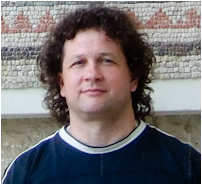
Eyal hails from Israel where he works hard half the year, saving to spend the other half of the year using Thailand as a base to travel throughout South East Asia. Eyal has had a strong interest in submission writing and photography and has corresponded
with me for years, asking questions, taking notes, and working up to this submission. Writing in a second language is never easy, and often it's very difficult. For some of us impossible. To keep such good records and document the trip so
well, and then to put the work in to share with the readers is very much appreciated. I hope to see more of his work grace future columns. You can contact Eyal via email at lotfaifa@yahoo.com
This is an area which is just 30 kilometers away from the city Pakse in southern Laos. Today, access to this area is done by boats or a ferry which are able to move a vehicle between the two banks of the Mekong River. In the near future there will be a significant change since the new road being built in the area includes a bridge over the river.
Champasak is a fairly large rural area with mainly rice crops.
This unique place is related to the distant past. Temples of the large arch extends over a sizeable area. The temple known as Vat Phou. This is the only Khmer temple in Laos. The Temple covers a large area at the foot of a high mountain and is built in a gradual manner. The location of the temple was chosen carefully with the characteristic stone temples that appear in Cambodia.
There is an architectural plan for the temple compound. Ingenious engineering design achieved several goals at the same time. In the first stage using locally quarried stone mountain area spared costly transport suitable stone from far away. Every building of local stone in the temple site. In the second phase while Huge rock surfaces have been removed. In this way all changed and adapted the original surface and incorporated into the architectural program. Shows the view from all levels top fruit arranged in-depth planning.
Like elsewhere in the universe this temple indicates the limits of the spread of the mighty Khmer Empire. Surprisingly, the view from the top of the temple mentions other areas in Cambodia. Entering the site you’ll find a museum containing artifacts found at the site. The Museum was built by the Government of Japan. In Laos the Government of Japan is involved in many projects such as building schools and paving roads and more.
These days there is an important project in Vat Phou archeological site. Due to ground movement over the years are two huge buildings in danger of collapse on the lower level. The walls tend to lean on their side and need to dismantle parts of the structure and build the walls again. This is a joint project of the Government of India Government of Laos that combines conservation and restoration and rescue of the Vat Phou temple. In parallel more projects are involved in conservation and restoration teams from Italy and France. These projects are very expensive and require professionals and a significant length of time. Visiting Vat Phou was fascinating and shows some of the glory days of the Khmer Empire.
Part 2 continues:





Going up to the third level in the temple complex. There were a few houses here made of bricks. Over the years they fall down. A few statues of Buddha remind us the heads were cut out and sold in the antique market.

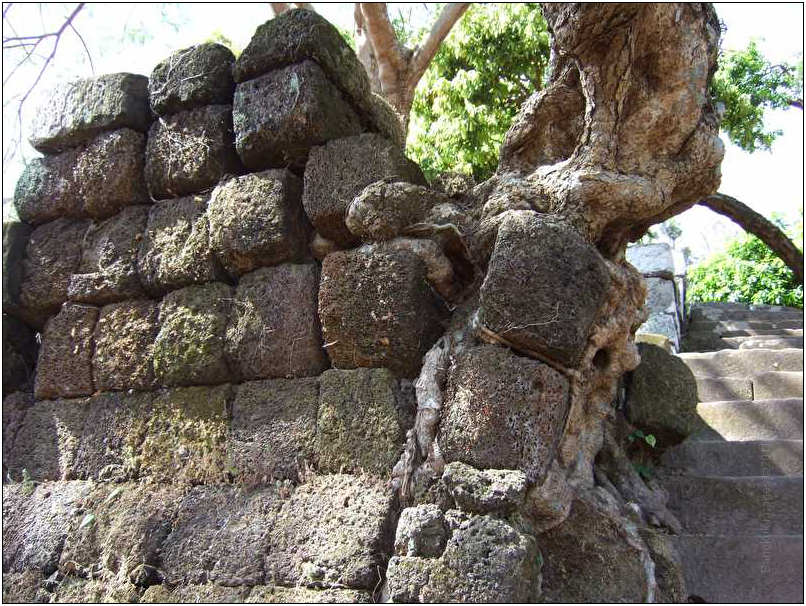
The power of nature.

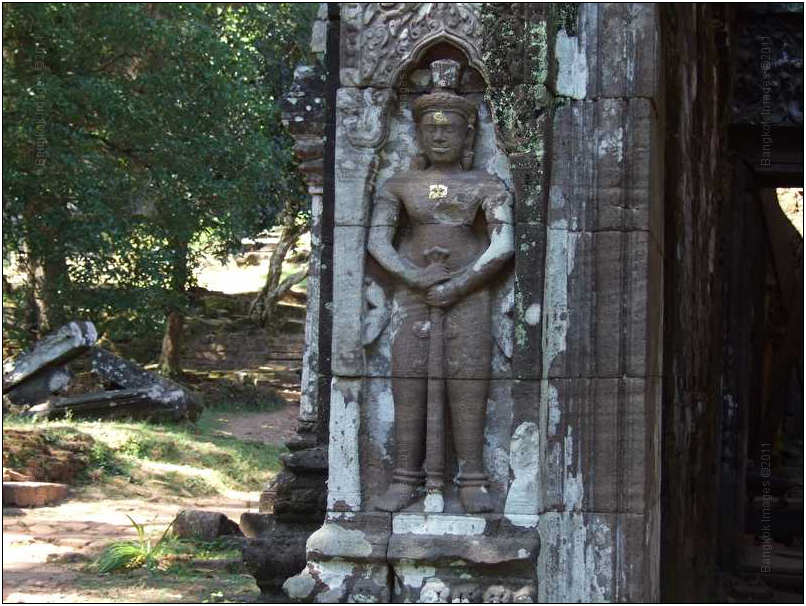
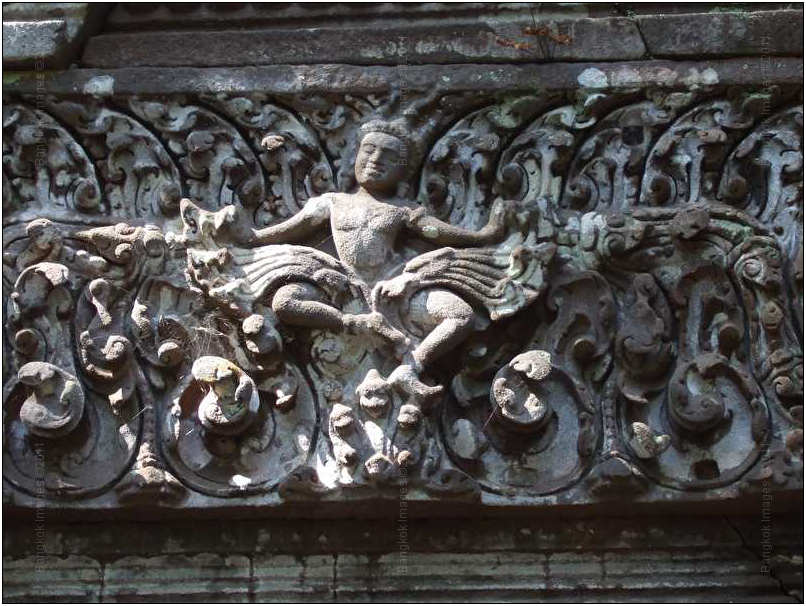
Going up to level 4. There is another temple up there which needs restoration and conservation attention.
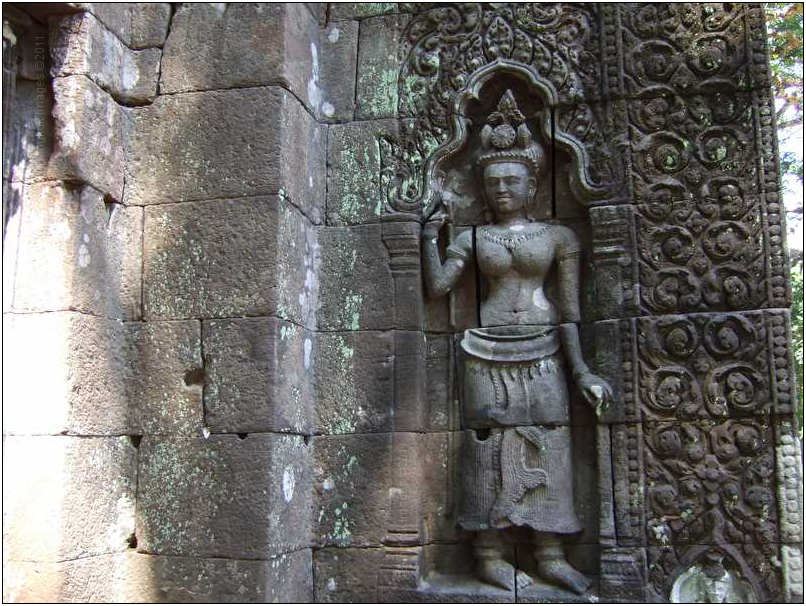
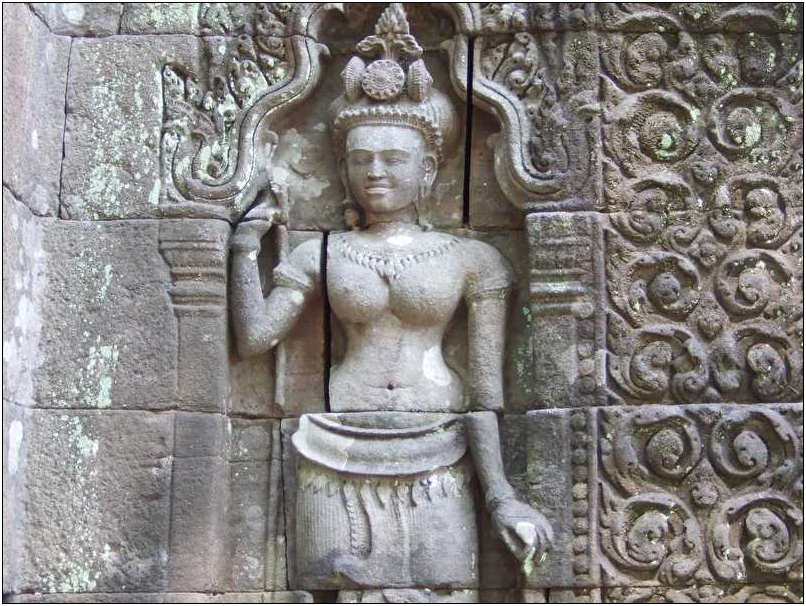
The famous Apsara dancer.
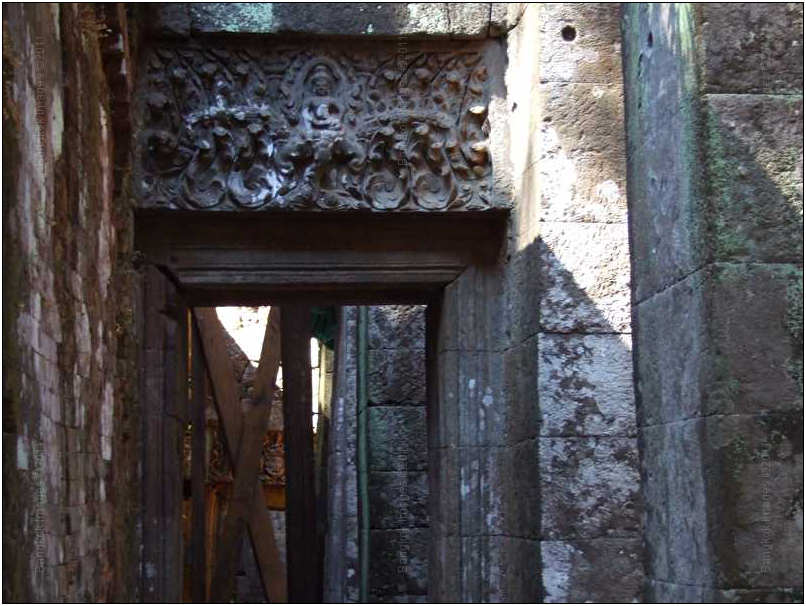
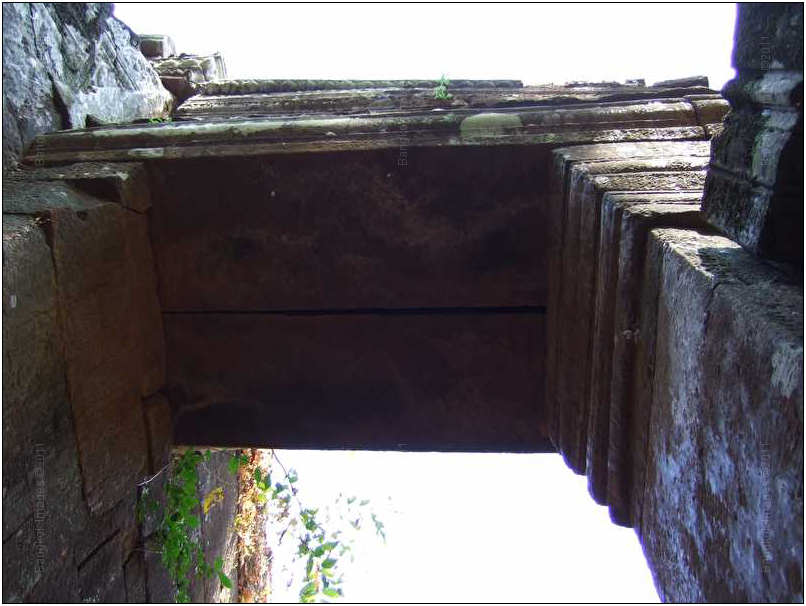
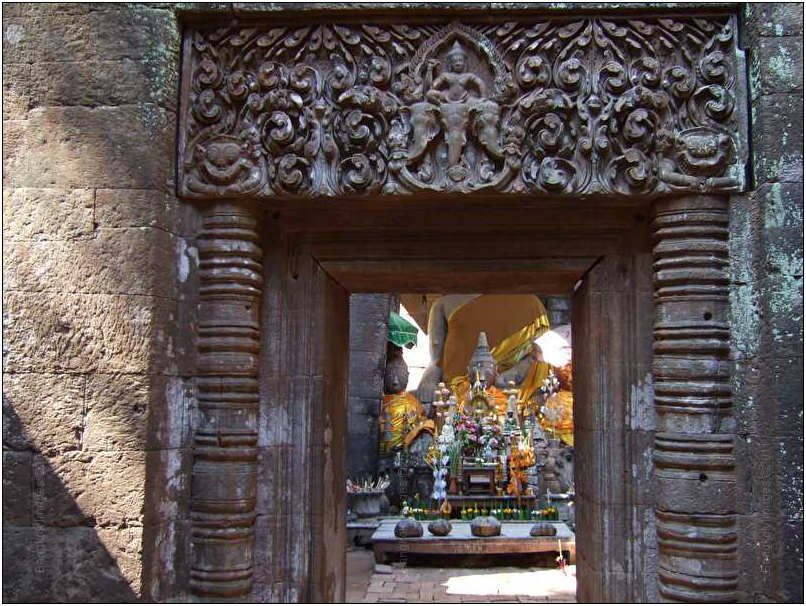
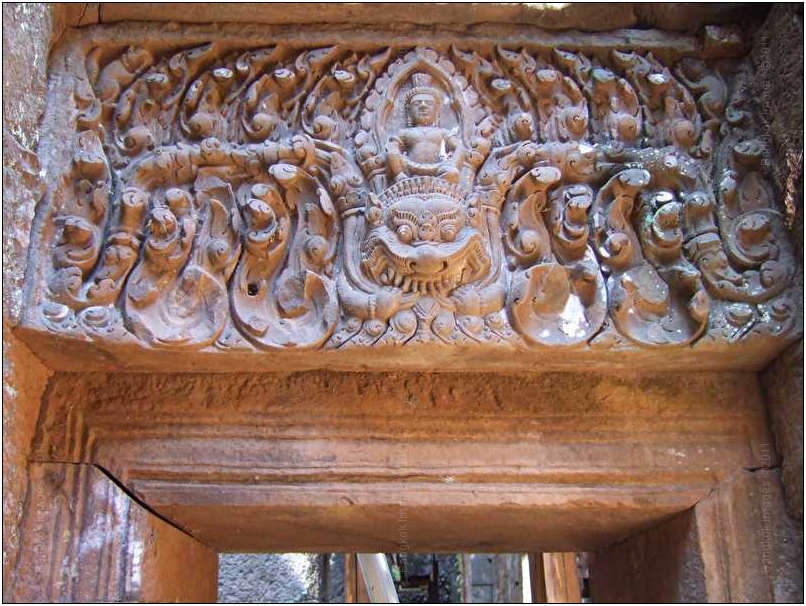
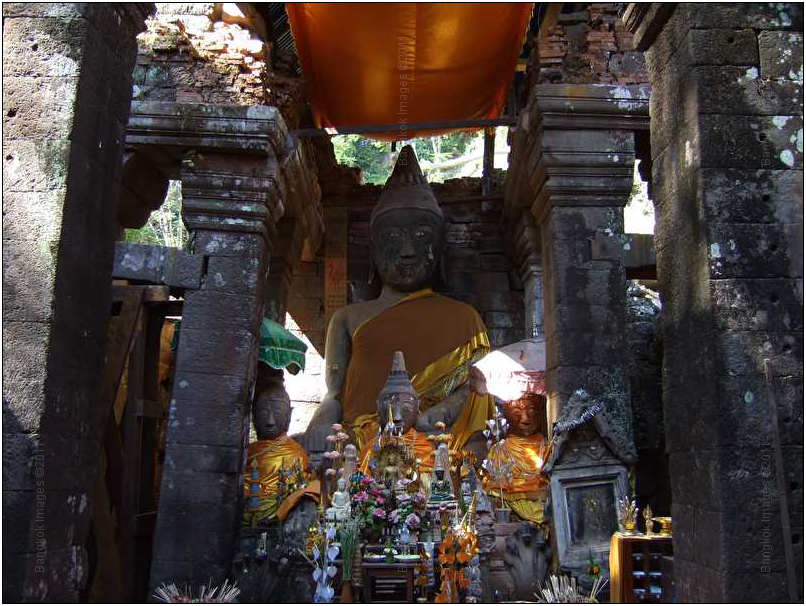
Entering the temple I found out that is temple is actually in use by the local population.
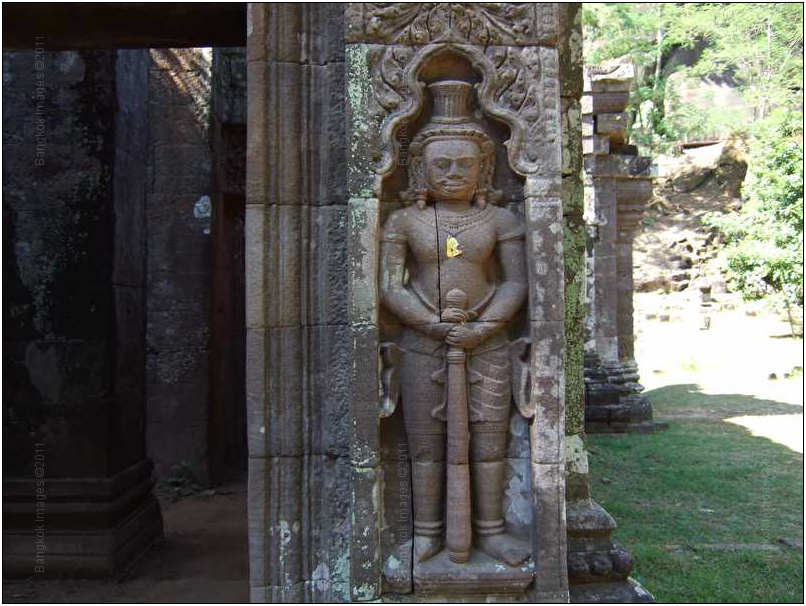
Khmer security in the entrance of the temple.
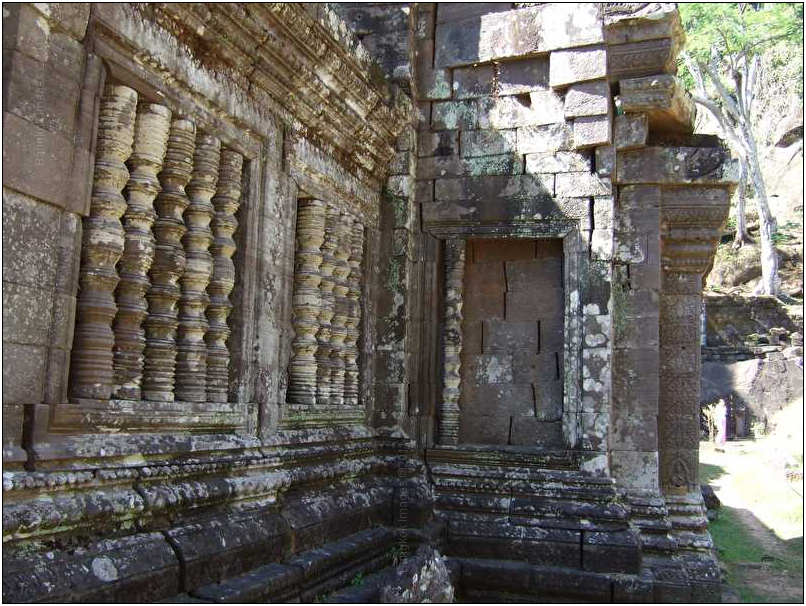
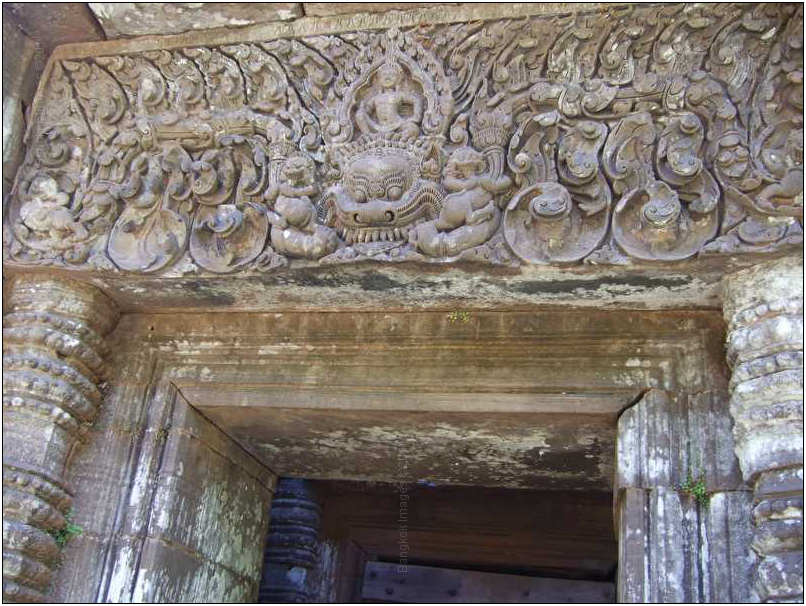
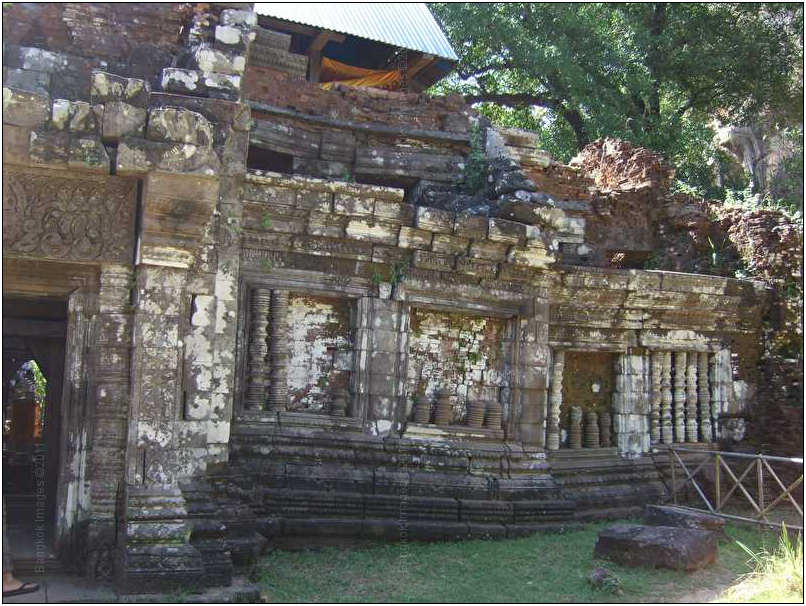
This temple on the 4 level of the complex need also a serious restoration. Due to ground movement over the years and the heavy stones. the whole building slowly collapse.
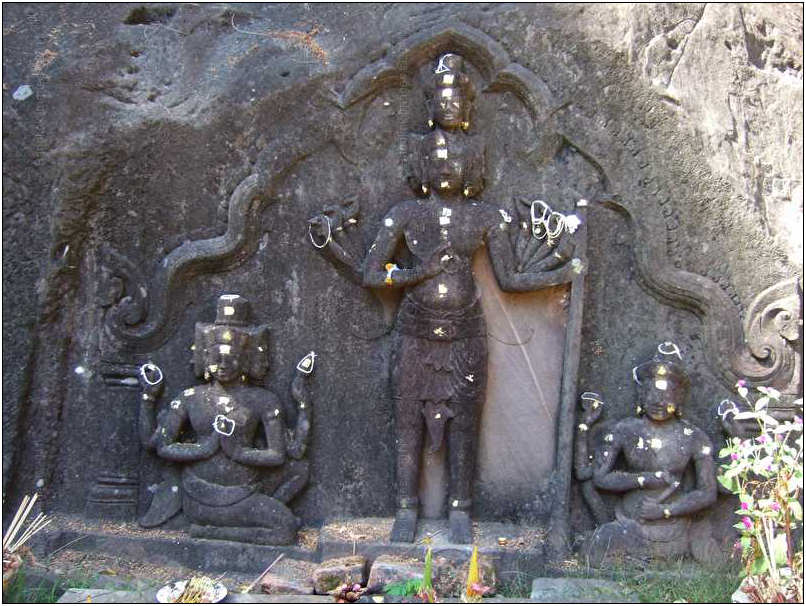
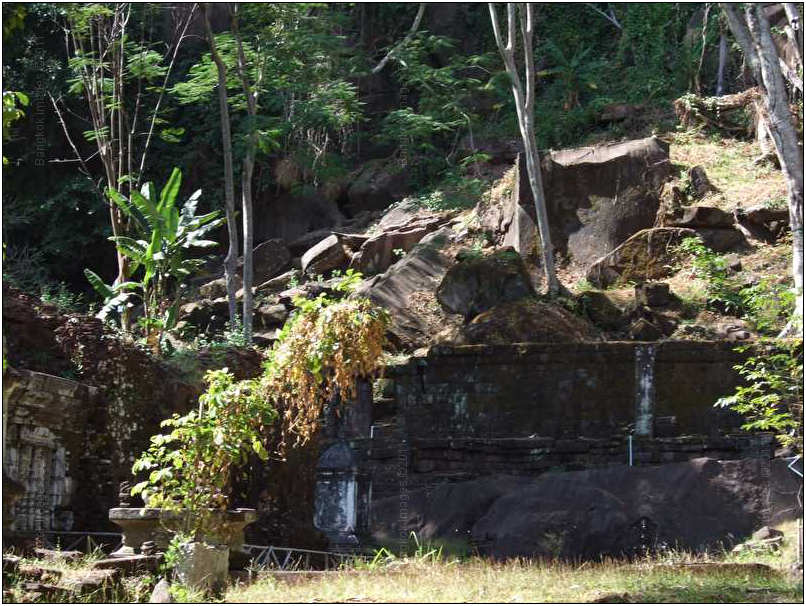
It’s not the end. There is a fifth level. For sure there is a meaning to all of this stages. It look more interesting and mysterious.
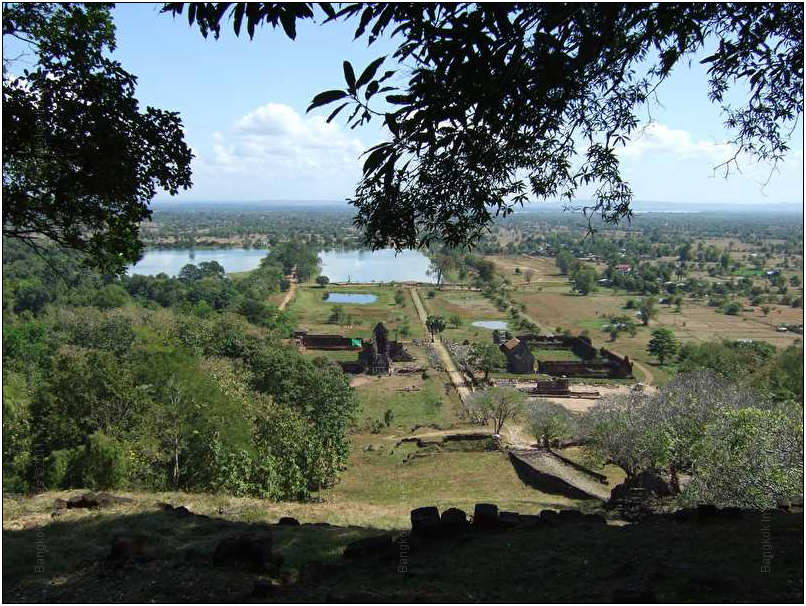
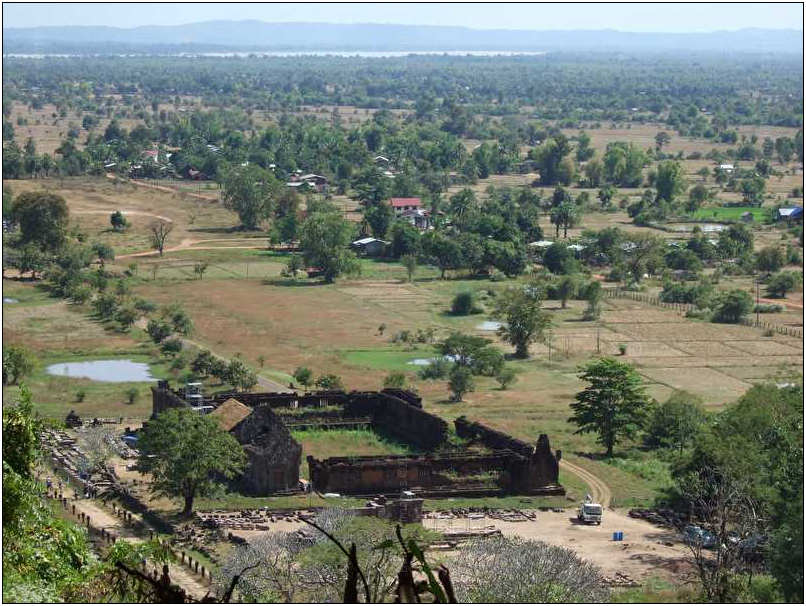
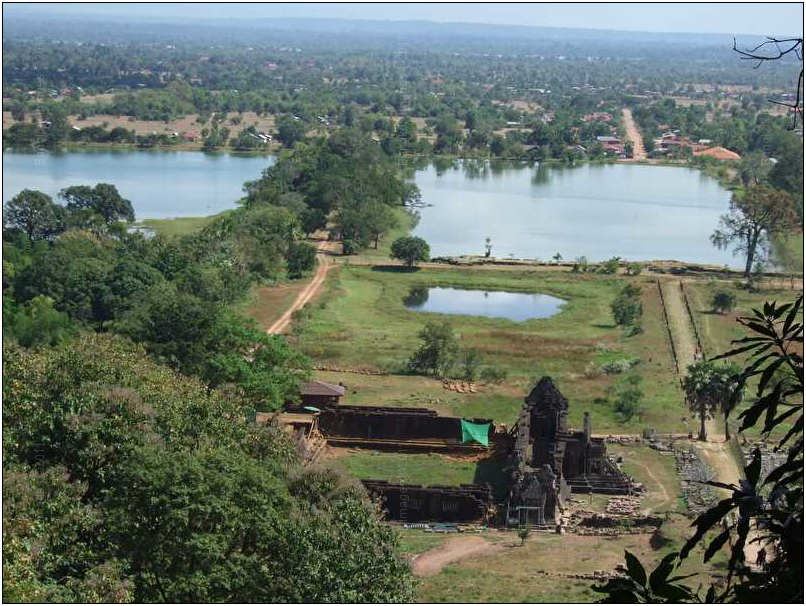
Look from above. The forth level. The landscape is beautiful.
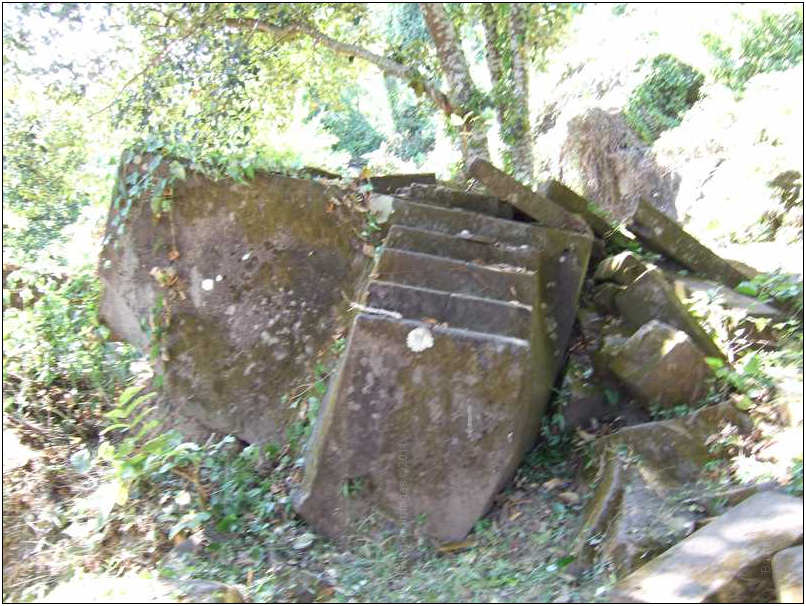
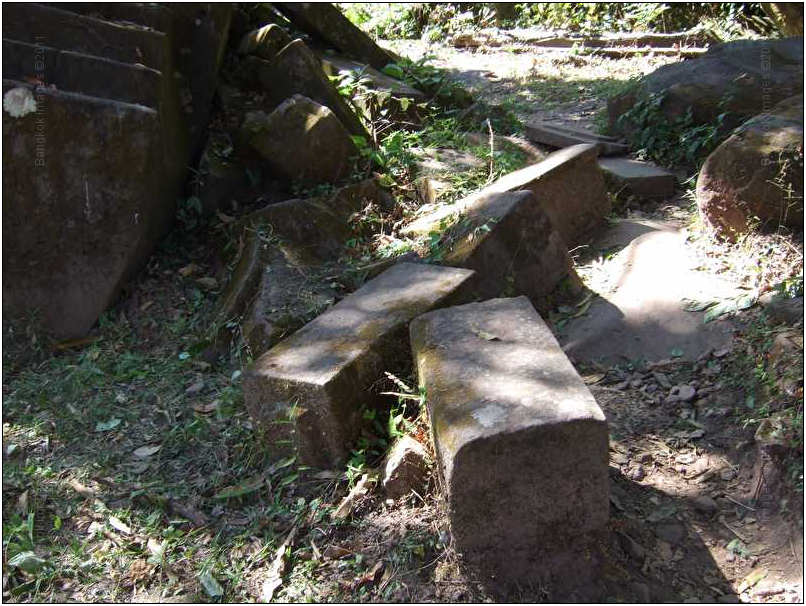
How did the Khmers do it? They used the local nature stones. Cut it to the size that they want. That was the 'basic material’ to create all the architectural elements.
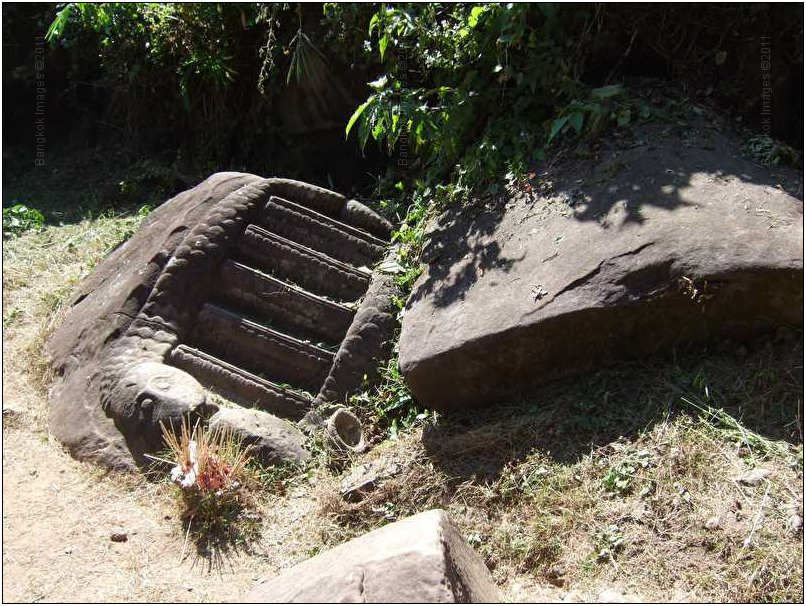
If I forget to say, this is way I like the Khmer art A LOT. Its special.
Eyal –
Thank you for a very interesting two part experience at Champasak! Very nice. Your travels are fun.
Steve
AirLive WN-5000PCI v2 Wireless-N Card, Review *menu

Introduction
Last week we posted an detailed review of our Mini-Tower i7 Workstation Build. Immediately there were inquiries asking about internet connectivity. TheAsus Rampage III Gene, Micro-ATX Motherboard Review mentioned the build in LAN gigaport, so if you have a LAN cable you can just plug in.
But what if you don’t have a LAN cable? What if you want to locate your workstation away from the cable and still need the internet? For laptops this is easy, almost all come with build in WIFI capabilities. But desktop/workstation computers do not. This is where a quality USB connected WIFI device or a cleaner option, a PCI card WIFI device. I say ‘cleaner’ because I’m not crazy about having yet another device to plug into my workstation and carry it around. I want everything built in as much as possible. A PCI WIFI card is such a device.
A walk through Pantip Plaza reveals there are many such PCI WIFI cards. Though, most are severely lacking in one way or the other. My specifications were Windows 7 x32 and x64 support and Wireless N support for the fastest possible connection. I also wanted the newest WPA2-PSK security protocol. What all this means, is once again, while there are a lot of products out there that seem like they’ll work, in reality there are very few. Before shopping for a WIFI card, know your operating system, wireless protocol, and security protocol.
AirLive WN-5000PCI v2 Wireless-N Card

Out of the available cards I chose this one for the desired features, availability, and price. It was baht 1200. It had a legacy PCI interface, WEP, WPA, and WPA2 security protocols, 802.11b/d/h/g/n support, and advertised the latest “n” protocol compatible with the 300mbps speeds of my TP-Link TD-W8960n Wireless N ADSL+2 Modem Router.
It came in a box with the card, extra half-height adapter backplane (needed for some HTPC cases), driver CD, and instruction manual.
Installation

Installation should have been a breeze. You power down the case, take off a side panel, remove the backplane cover from the PCI slot, insert the new AirLive WN-5000PCI Wireless-N card, secure with a screw, and replace the side panel. Now you can screw on the three antennas at the rear. That should be all you need to do for the physical installation.
When you power up the computer you should see a blinking green light at the rear panel. I didn’t. My card didn’t register at all. It took me a few minutes to remember back in the days when these legacy PCI cards were more popular, often the motherboard slot and/or the PCI card itself, didn’t line up the connectors perfectly. PCI connectors lack a ‘key’ alignment slot like you’ll find on a more modern PCIe connector. I took things back apart and paid attention to the alignment and this time it worked. I don’t know if it was the Airlive PCI card which was slightly off, the Asus motherboard (doubtful), or the way the motherboard lined up in the case so when you screwed down the PCI card it pulled it out of alignment (most likely). In any case, if you have this trouble you’ll now know what to do.
Driver Installation and Software Setup
You can use the included CD, but I always find it easier to go directly to a manufacturers site and download the latest drivers. This only took a few minutes and ensured I had the latest drivers and software.
When booting up the computer it installed generic Windows drivers which worked right off, which is a good sign. The system asked me for my network password and things worked right without having to install anything else.
Still, I use VPN tunnels and have other uses for the full featured software so I ran the driver package. 2 minutes and a reboot later and the new drivers and configuration manager were working fine. When you boot up it asks you if you want to keep using the Windows configuration manager or the AirLive version.
I chose the AirLive configuration manager and found it both intuitive and competent. Within minutes I had my security protocols and VPN configured, my desired power levels set, and was enjoying the thoughtful green signal strength meter now present in the task bar. Easy.
Performance

My connection is limited to 16mbps. In Thailand we have both 50mbps and 100mbps available in some areas, but not mine. The Wireless-N speed easily handled the full 16mbps with full signal strength just the same as if I’d ran a LAN cable. I confirmed this with www.speedtest.com and www.pingtest.com.

I had an older Linksys Wireless-G card from 5-6 years ago so I tried it for comparison. I could only pull 3-4mbps and half the signal strength with this card. Linksys is a great brand. It’s just that WIFI protocols have really improved in the last few years. This applies to newer laptops too. They’re capable of much faster speeds and greater range than models even 2-3 years before them.
Summary

This isn’t an expensive item as baht 1200, but it’s an item that will either make your web surfing and other online tasks enjoyable and trouble free, or fraught with disconnects and other issues. I haven’t yet experienced a disconnect or other issue in the 4-5 weeks I’ve been using the AirLive WN-5000PCI v2 Wireless-N card. It works as it should without issues.
If I was really nitpicking, I’d ask for a more secure mounting system for the antennas. They screw on, but the antenna construction itself seems a bit on the lightweight side. I noticed the same thing with the other brands I looked at.
Overall, this is a Windows 7 compatible Wireless-N legacy PCI card with the latest security protocols and fastest possible speed which works perfectly. It’s priced right and included a 3 year warranty.
Photography News of Interest *menu
An Indonesian made this capture of a “crop circle” in their rice paddy. Crop circles as you know have been at issue in the west where some people think aliens wrote symbols in the crops, and others consider them a fun hoax. Now they’re in Indonesia.

Nikon announces a firmware update for it’s popular new D3100. This is supposed to fix a magenta tint and some other issues.

Intel is releasing their new 510“Emcrest” SATA III/6gbps SSD’s next month. With read speeds approaching 450mbs and reads of 300mbps, these are the next generation SSD’s shown at CES 2011.

This is disturbing. Thai men attack Russians for taking pictures of items while shopping. It’s disturbing that shop keepers think they can restrict peoples freedoms in taking photographs of merchandise, after all what if you want to use the picture to show your wife and see if its something you both want to buy? But it’s even more disturbing Thai men would attach a CUSTOMER over such an action. But hold on to your horses, the most disturbing is about to come. The Pattaya Police fined BOTH the Russians and the Thai men for disturbing the peace. I guess assault and battery isn’t a crime in Thailand. That’s a third world country in action.

Pentax has a service announcement for it’s popular K-5 DSLR for sensor stains. Their first run of this model had stains on the sensor.

Phase One releases Capture One Pro 6.1 incremental update which fixes several bugs and now supports the new Nikon D3100 and P700, Canon G12, Panasonic DMC-GF2, and Pentax K-5 and K-r.

Readers Submissions *menu
Hi Steve,
I've got a few pics of my recent visit to the "White Temple", Wat Rong Khun near Chiang Rai. Like my pics of the Million Bottle Temple, this place is a bit different from your average wat !
If any of the pics don't attach or anything send us an email. All pics taken with my new D7000.
Mike
Wat Rong Khun – “The White Temple”
Everybody who has been to Thailand has seen their share of Wats, and after a while they tend to be more of the “same same” ..covered in terracotta and gold, and even more ornately at Chinese-Thai sponsored temples. About 12 years ago Ajarn Chalermchai Kositpipat, the builder of Wat Rong Khun, just south of Chiang Rai, set out to do something different, reasoning that gold represents greed and evil, but white purity, so he started building this temple:


Before entering the temples you have to pass these hands reaching up from hell :

(and a couple of guards telling everybody not to touch anything, but only in Thai !)
After walking over the naga bridge you enter the temple itself, which is surprisingly small but contains some great murals with a contemporary theme, such as a demon with Bin Laden and George Bush in it’s eyes. Unfortunately inside the temple it is a “no photo” zone.
The building is blindingly white, no way could you keep it this clean in Bangkok’s smog. Even in this semi rural area it needs a thorough clean 3 times a year.





And is this Thailands most unusual “hong nam” ?
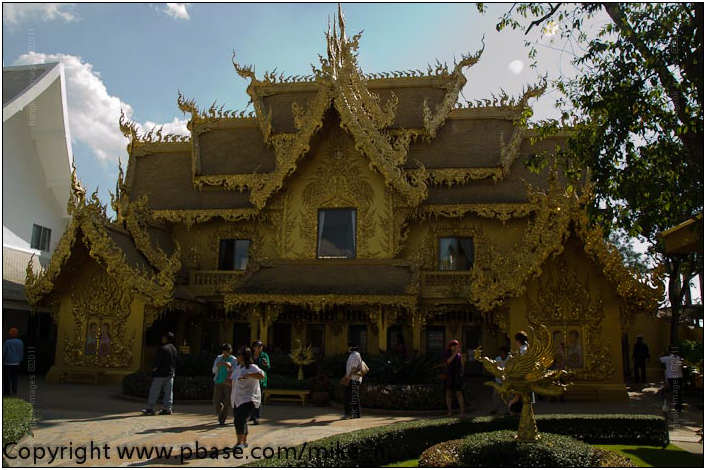
Yes, it is a toilet !
The temple is still a work in progress, and apparently it is expected to take at least 60 more years to complete.
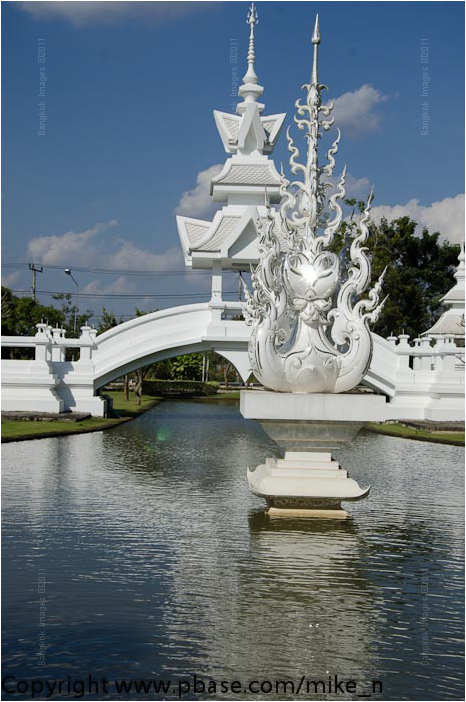
Mike –
This is the sort of unusual place pictures and words will never do justice. You really need to visit to understand. I loved your images, thoughtful, well balanced, and properly exposed. More, fun and interesting!
Thank you
Steve
Steve
You might enjoy the story behind the attached pictures. Out for the morning jog along the canal and spotted the heron. I always carry my Canon S90 for just such a opportunity.
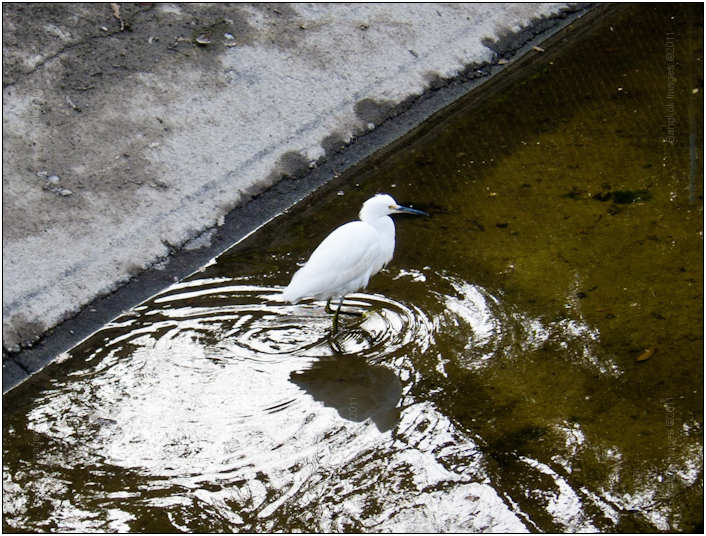
Climbed up on a 5 foot cyclone fence that is sitting in deep mud, hang on the fence with one arm, cannot see the LCD screen because the sun is directly at my back and just start taking pictures.
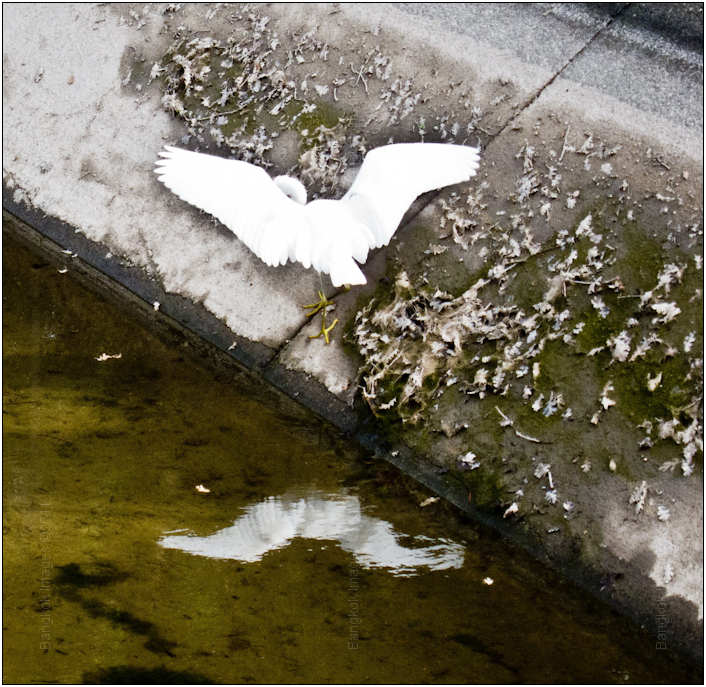
Really happy with the results and also realized that if I had used the NEX-5 the pictures would not have happened.
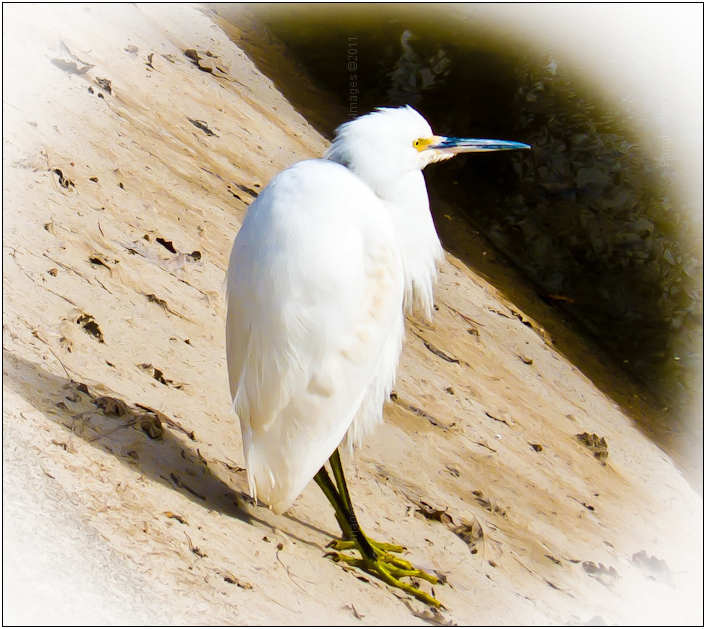
They were taken as RAW files and post processed using Adobe Lightroom 3.
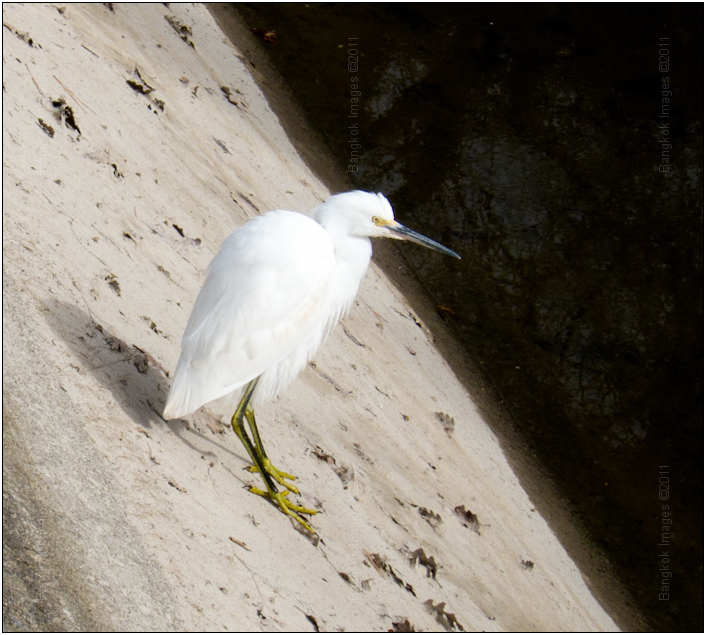
Included are a few others from the same morning.
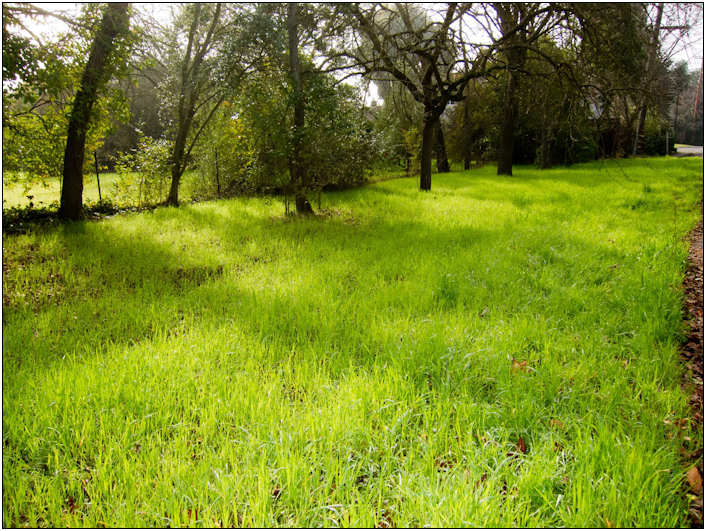
A few observations and questions on other subjects:
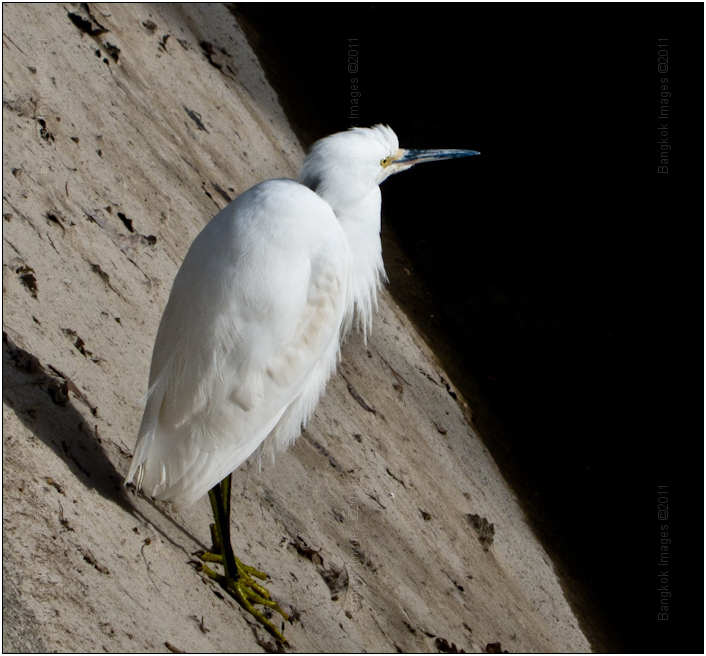
I am using the Lightroom 3 with good results as you suggested. The RAW files do seem to produce better JPEG pictures after post processing. I am becoming more comfortable with each session.
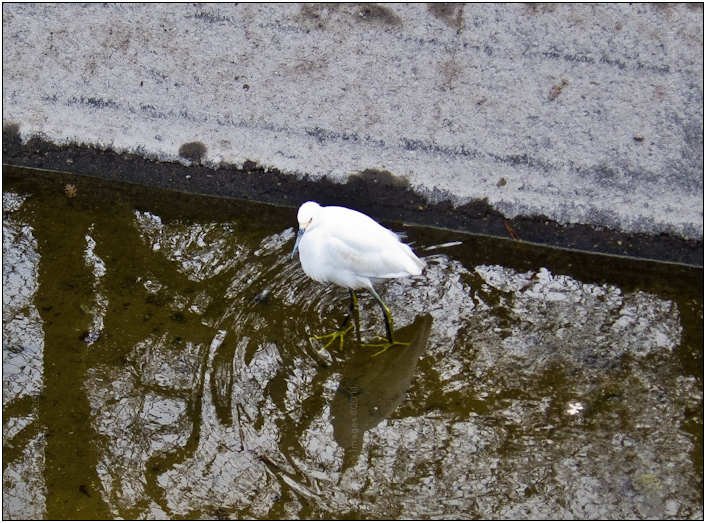
Using the Catalog feature in Lightroom has been a real pain for me. Just as happy with putting the pictures in folders on the desktop for now.
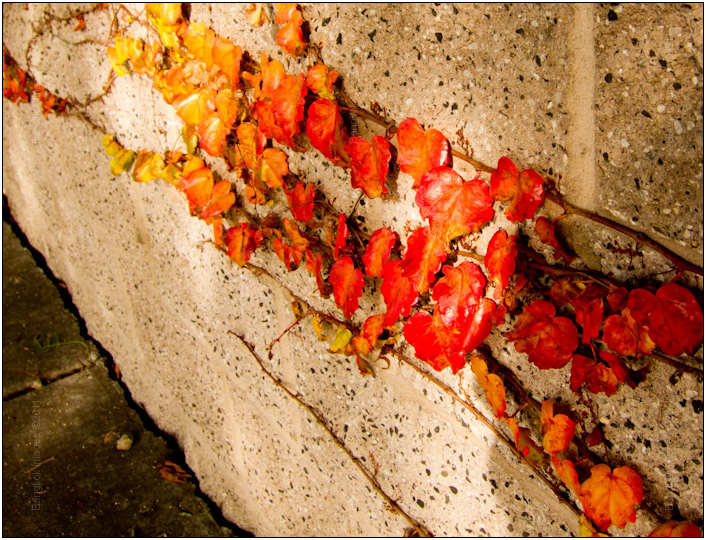
Using Elements 9 versus the present PaintShopPro has not given me much, if any difference in picture adjustment options after the use of Lightroom.
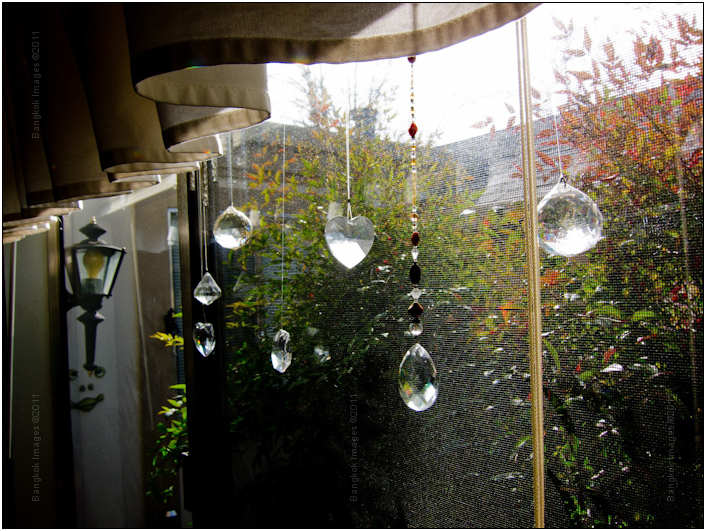
I have read that each time a JPEG image is opened, edited, and saved it results in additional image degradation. Have you had the same experience and does this apply to RAW files as well? (see attached)
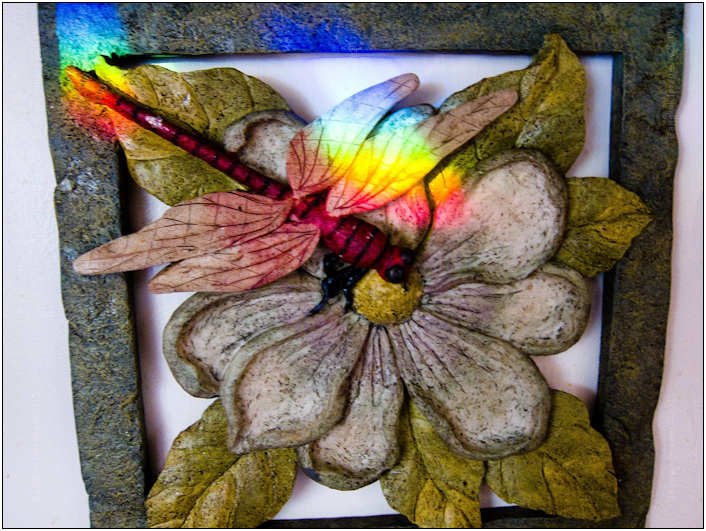
Thinking about purchasing the Sony 18-200 mm lens for the NEX-5 but it is difficult to find here. It is about $800 at the big box stores in town, I am also working with my NYC contacts. Is this a good+++ lens at the price? (see review)
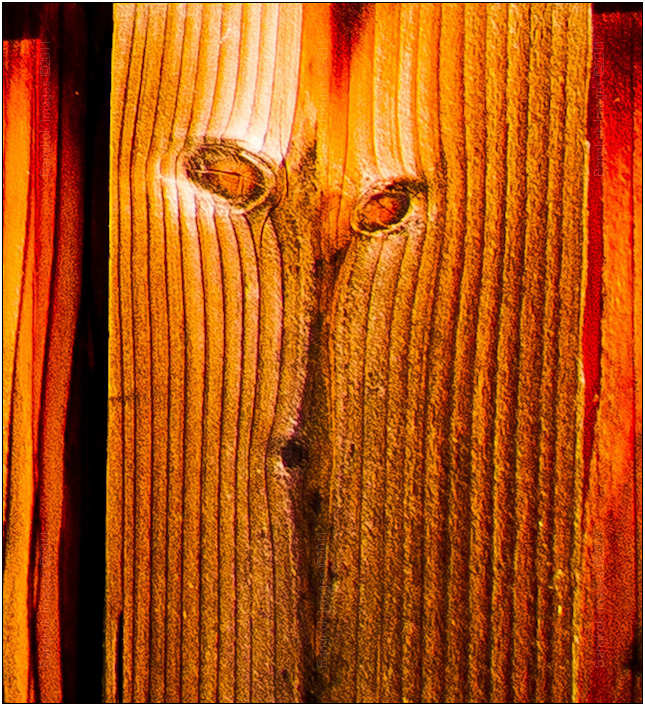

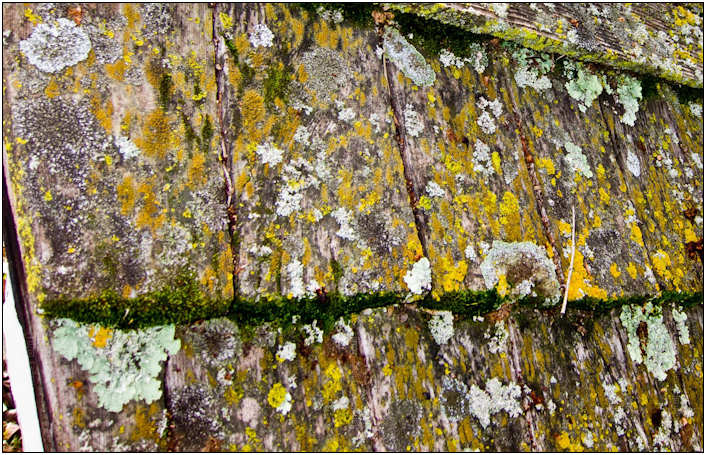
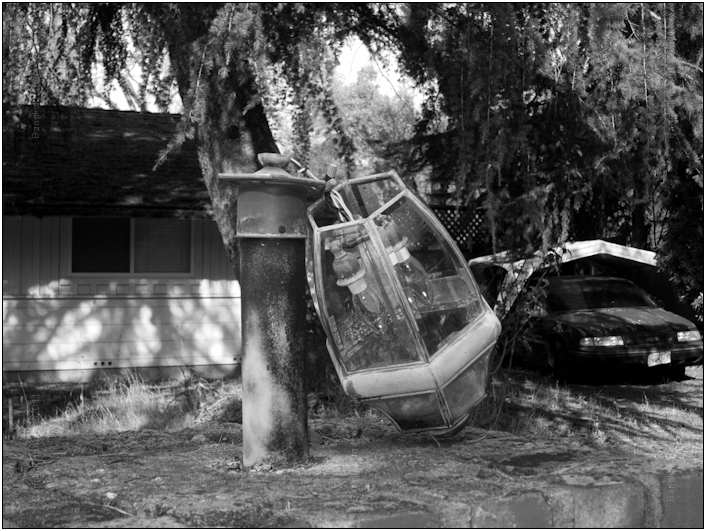
Rickster
Rick –
You’re really having fun with that Sony NEX-5. This is what it’s all about, having fun and creating fun and interesting art. These images show a variety of patterns and colors in an unusual mix. You can tell you were putting a lot of thought into your compositions. Really nice!
Steve
I’d like to mention that everyone, myself included, is really enjoying the current trend of readers submissions. Everyone loves them, but remember we can really use more. I have only another week’s worth in my queue, so please take the time to put together a few images and words if you can and send them in. Thank you. info@BangkokImages.com
Readers Questions *menu
This week is a bit different. Rick returns the favor of getting his questions answered by providing a review of the new Sony E 18-200mm lens. If you’re using the new Sony NEX cameras you’ll be especially interested in this:
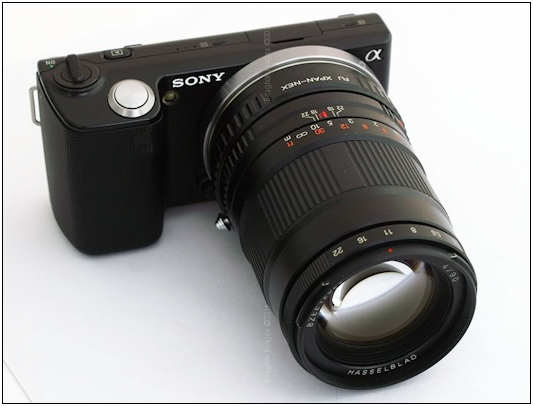
First and foremost, you should be aware that you'll need another lens aside from the 18-200mm, to take flash pictures. The 18-200 lens barrel obstructs the lower part of the flash output at anything less than ~50mm. Sony made a big mistake here in not supplying a 'flash extender' with the lens and at this time of writing, it is not available for purchase either. Moreover, it would have nice if Sony included a lens, pouch or carrying case for the lens while it awaits its use. Yet, something else you will need to purchase if you want to keep the lens in its pristine condition. BTW, the NEX/18-200mm combo does not sit flat on the table either; the bottoms are not even.
Then we have the lens size and the integration with the NEX body. Suffice to say, it is reminiscent of the older Sony 707/717 models where a much bigger lens is coupled a smaller body. Difference is that with the NEX, the body doesn't twist/tilt like the 7×7 models but only the LCD tilts, which helps with stability. It's a big lens if you're comparing it to the compact superzooms but it's not given the size of the NEX sensor. It is comparable to the 18-200 of the DSLRs and the 14-140 zoom lenses of the m4/3s. The dichotomy is that for the folks who bought into the NEX for its diminutive size are now faced with less than compact setup.
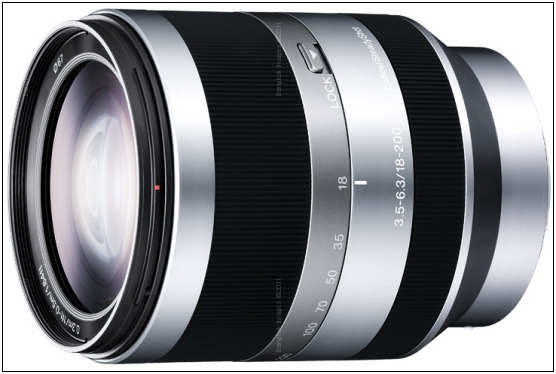
On first use, the NEX/18-200 combo seems like a joke. Clearly, this is a one-handed operation for a very short time only; the NEX body itself does not have much of a grip and the front heavy lens is going to tip the balance. This is worsened in its fully extended zoom length. To zoom, you will need to use your left hand to hold the bottom of the lens barrel while using its two fingertips to rotate the zoom ring. Likewise, to manual focus.
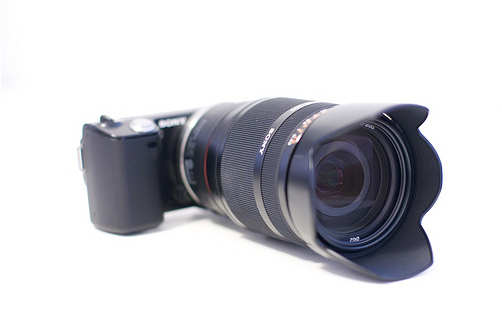
However, the quality of this lens is just plainly superb. The distant test scenes from backyard I normally take with new lenses and cameras were outstanding and possibly one of the best I have ever had. The stabilization system works very well and I have no issues handholding the combo and getting clear pictures. The lens stops down to f6.3 at the max zoom length but this is compensated with the NEX's low-noise high-ISO.
I have also not heard it focusing either. In the few 1080 videos I have made, I have not heard any focus noise which can be extremely distracting during viewing. The 18-200 makes for an excellent video lens as well.
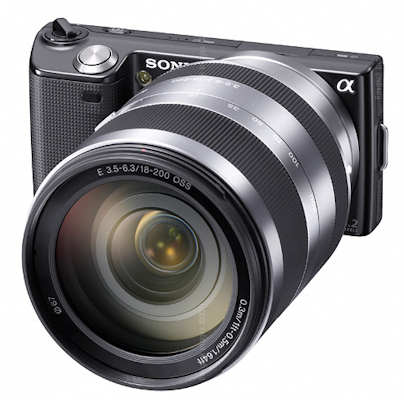
The build quality of this lens is also outstanding. The zoom ring is firm but rotates smoothly and likewise with the focus ring. I thought this Sony lens is better built than the similar 14-140 Panny lens which has free play in its lens mount and an inconsistent zoom movement. I have not even used the zoom lock switch once as I have not experienced any zoom creep yet while carrying the lens.
Overall, an outstanding lens.
Rick –
Thanks for your impressions of the Sony E mount 18-200. I know for sure there are more than a few of us out there using this fine little camera who will appreciate reading this.
Steve
Please submit your questions to info@BangkokImages.com All questions will be answered and most will show up in the weekly column.
A Snapshot of Bangkok Images Week in Review *menu

This week we had one workshop and one large assignment covering a local event. For the most part we have a light workload with no other issues that need our attention, so I’m out gathering new material and enjoying the cool season.
Positive comments continue to pour in about our new look and much faster more interactive site. If you haven’t already checked it out, visit www.bangkokimages.com
to see my latest galleries, share your own galleries, participate inthe forums
, and scour our large repository of photography related articles
. The “What’s New”
page continues to be very popular with almost daily updates and interesting content.
Infocus Blog, Speak Out! *menu
One of the many differences in culture between the west and Thailand is that Thai’s are taught to never question authority. This applies to anything and everything. There are both advantages and disadvantages to this mindset and I’ll talk about a few examples:

Perhaps the major disadvantage is that Thai’s never learn the necessary social and analytical skills for calm, rational, and reasoned resistance. The ability to rationally and effectively present your position is the hallmark of citizens of civilized countries. Thai’s generally are very ‘obedient’ and ‘unquestioning’ of authority or even general harassment.
But push them too far and instead of being able to stand up for themselves in a controlled manner, their pent up rage explodes into violence as evidenced by the ‘piling-on’ of many Thai’s on one farang in a fight, taking over the airport, violent political gatherings, and the all too common need to get drunk to reach this state and express their emotions. Once intoxicated they become completely unpredictable and dangerous. Thai’s often consider intoxication as an excuse for almost anything, from beating the wife to murder.
In the classroom Thai’s are taught to never question the teacher, doing so could earn them a paddling and other disciplinary actions. In one respect this ‘forced’ respect and rote acceptance of the teachers authority might appear to solve many of the problems in western classrooms. Perhaps, but only if the teacher was always right and always conducted themselves with fairness and virtue.
In reality what it does is allow the teacher to not worry about the correctness of their lessons because they’ll never be questioned, which of course hurts everyone in the class. And it also allows teachers to get away with all types of abuse from verbally and sexually abusing students, to gross incompetence. You’d think not many would go this far, but in a culture where they have unquestioned authority I suspect many do. And of course it stifles independence, intellectual curiosity, and innovation.

Another example would be doctors and other medical personal including questionably trained pharmacists whose primary motivation is the sale of product. Doctors generally think it’s a waste of time to explain procedures and diagnoses with the patient, especially if there might be alternative treatments other than what is easiest or most profitable to them. Basically they’ve taken the individuals medical decisions from them.
Many would say when you consider the general education of the Thai population, it’s a good thing a ‘learned’ doctor is making these decisions for them. Again, if the doctor is motivated by the right things and has detailed knowledge of the patient perhaps this is true. But in practice the damage they cause is severe.
Some examples:
A Thai lady I knew had a toothache and went to see the dentist on her soi. 30 minutes later she came back with no tooth and 300 baht lighter. She told me the dentist didn’t explain what was wrong with her tooth or discuss alternative treatments. This being my first year in Thailand I found this unbelievable so with the help of another friend to translate I went to talk with the dentist.

He didn’t take an x-ray, he told us the patient probably couldn’t afford an x-ray. He “thought” something was wrong because she had pain, and because he didn’t want to be late for a lunch appointment he simply pulled the tooth. And with a totally open look on his face said “besides, no one on this soi has money for fillings or root canals”, two alternatives I’d just mentioned. If you think this is an isolated case ask the next Thai you see with missing teeth. I did, and each one related a similar story.
Another young Thai lady I know was given a complete hysterectomy at age 17 when she complained about pain and heavy bleeding. The resulting scar was horrific. No tests were done. This is a procedure which is often performed vaginally (no scars) or with three small scars (laparoscopy) by a competent doctor. But to save time and cost costs it’s most often done in Thailand (to poor patients) with a full length incision. The patient isn’t consulted about these choices. A doctor considers it an insult to explain their recommendations to the patient, and a complete waste of time. I’ve been told by several Thai doctors, the most difficult adjustment they face when working in the hospitals that treat westerners is being willing to answer their questions and explain alternative treatments. They truly consider themselves above explanation to the ‘little people’.
Another and the last area I’ll discuss is customer service. I’ve regularly had university educated adult Thai assistants during every year I’ve spent in Thailand. When breaking in a new assistant, the single most difficult adjustment they face is learning how to question customer service personnel on my behalf. The good news is that once they do this enough, it’s almost like creating a monster. Their confidence grows by leaps and bounds.
The first time this happened I had just purchased a mobile phone at Makro. I hadn’t left the counter yet, hadn’t even touched the bag with the phone in it, when a new model was brought out to take the place of the one I just purchased and I told them I wanted that one. I was willing to pay the difference. They refused. The clerk told me there was no ‘returns’, and if the phone was defective the warranty center would take care of me.

I will say the availability and ease of use of warranty centers for most products is excellent in Thailand. Much better than the west where you generally send the item off in the mail or via UPS and then wait weeks for repair or replacement. Still, I hadn’t even touched this item. It didn’t seem right to me. To my assistants horror I slightly raised my voice with the clerk and demanded to change phones. I was arguing. I noticed my assistant had turned red and was looking at the floor. I was embarrassing her by standing up for myself!
In the end, after speaking with two managers, I left the store with the desired phone. My assistant seemed in a very dark mood. I questioned her mood and she told me nothing was wrong. After all, culturally you don’t question the boss. After much prompting and a threat of dismissal you opened up and told me it was very embarrassing for her and in fact my slightly raised voice ‘terrified’ her. What a lesson. The good news is that within 4-5 months SHE was demanding her rights on my behalf, and on her own. The better news is she used this new confidence to greatly approve her life. She’s now living in France, earning her graduate degree (in France) and married to a doctor her own age. Every subsequent assistant went through an almost identical process.
As unbelievable as it might seem to you and I, even a clerk at a market is considered to be in a position of authority. Once they put on that uniform or name badge, they expect to be taken at their word and obeyed. From the lowest rent-a-cop security guards, to the call center clerks at the power company, to poorly trained immigration officials.

Another example. Recently we received a notice a phone bill was delinquent. I checked my online banking and noticed I paid the bill. My wife called TOT and when finished had a list of “instructions” from the clerk. She was told to go to the bank and collect a certified copy of the transaction, and then go to TOT in person, take a number, and wait to be seen. This was only to turn in the paperwork. She was told they’d let her know what else was needed within two weeks. I asked her to call them back and ask what information on the copy of the transaction they needed to find out payment. She was told they don’t do business that way, their procedure must be followed.
Three supervisors later we learned all they really needed was the code assigned to the transaction by the bank. They could then compare that to their computer and find the payment and learn why it wasn’t credited to my account. It took me 60 seconds to get this code from my online banking account, and over an hour to go through the supervisors before they’d accept the code from me and not a certified document. Same code, but they weren’t used to handling this over the phone. I figure it saved my wife 4-5 hours of time and several hundred baht of taxi fees by not having to follow their ‘routine’.
Without exaggerating I could provide over 50 such examples of this sort of stuff off the top of my head from the last few months alone. It’s very rare a procedure or clerk is questioned. Everyone just does what they’re told. Without fail, a first line clerk will have no experience with any procedure other than what they first tell you.

Thailand is often a strange place to westerners when such cultural differences manifest themselves into a ‘situation’. From minimum wage rent-a-cops demanding to be obeyed, to doctors you’re paying resenting any type of explanation, to any sort of customer service staff being totally unprepared and unwilling to step outside their normal procedure.

The way I look at it, a countries citizens deserve what they get in these areas. If they aren’t willing to stand up for themselves then they must be willing to accept the consequences. As a westerner, I find it totally unacceptable and I won’t tolerate such behavior, nor will I allow my staff to tolerate it in my behalf. It is the consumers responsibility to speak out and make their voice heard. Speak Out!
Until next time..




